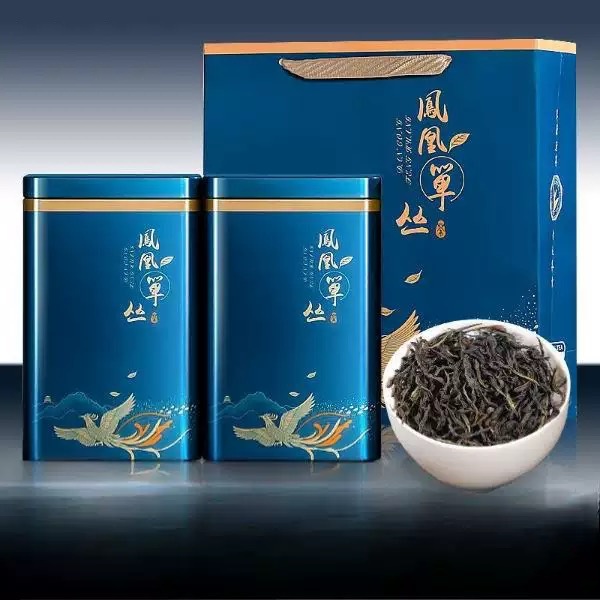
# The Origins and Historical Development of Oolong Tea
## Introduction
Keyword: Origin and History of Oolong Tea
Oolong tea, a semi-oxidized tea with a rich and complex flavor profile, holds a special place in the world of tea. Its origins can be traced back to China, where it has been cultivated and perfected over centuries. This article explores the fascinating history and development of oolong tea, from its early beginnings to its current global popularity.
## The Birth of Oolong Tea
The exact origins of oolong tea are shrouded in legend and folklore. One popular story suggests that oolong tea was discovered during the Ming Dynasty (1368-1644) in the Fujian province of China. According to the tale, a tea farmer was distracted by a deer while processing his tea leaves, causing them to oxidize more than intended. When he returned to finish the process, he found that the partially oxidized leaves produced a tea with a unique and delightful flavor.
Another legend attributes the creation of oolong tea to a man named Wu Liang, who was so engrossed in hunting that he neglected his tea leaves. Upon returning, he found them partially oxidized and decided to process them anyway, resulting in a new type of tea that was later named “Wu Liang” tea, which eventually evolved into “oolong” tea.
## Historical Development in China
During the Qing Dynasty (1644-1912), oolong tea production became more refined and systematic. The Wuyi Mountains in Fujian province emerged as a primary production area, known for its high-quality oolong teas such as Da Hong Pao and Tie Guan Yin. These teas were highly prized and often presented as tribute to the emperor.
The processing techniques for oolong tea were carefully guarded secrets passed down through generations of tea masters. The unique “rock tea” (yancha) from the Wuyi Mountains and the “iron goddess of mercy” (Tie Guan Yin) from Anxi county became particularly famous, each with distinct processing methods that contributed to their characteristic flavors.
## Spread to Taiwan
In the 19th century, oolong tea cultivation spread to Taiwan, where it found ideal growing conditions. Taiwanese tea farmers adapted Chinese techniques while developing their own unique styles. The high mountain oolongs from regions like Alishan and Lishan became renowned for their floral aromas and smooth taste.
Taiwanese oolong teas, particularly the lightly oxidized Baozhong and the more heavily oxidized Dong Ding, gained international recognition. The island’s tea culture developed its own identity while maintaining connections to its Chinese roots.
## Modern Production and Global Popularity
Today, oolong tea is produced in various regions of China and Taiwan, with each area developing its own distinctive varieties. Modern production still follows traditional methods but has incorporated some technological advancements to meet growing demand.
The global appreciation for oolong tea has grown significantly in recent decades. Its health benefits, including potential weight management properties and antioxidant content, have contributed to its popularity. Tea connoisseurs worldwide value oolong for its complex flavor spectrum that can range from floral and fruity to woody and roasted, depending on oxidation levels and processing techniques.
## Conclusion
From its mythical origins in the mountains of Fujian to its current status as a globally appreciated beverage, oolong tea has undergone a remarkable journey. Its development reflects centuries of tea culture refinement and regional specialization. As tea drinkers continue to discover and appreciate the nuances of different oolong varieties, this unique tea’s legacy continues to grow and evolve.
